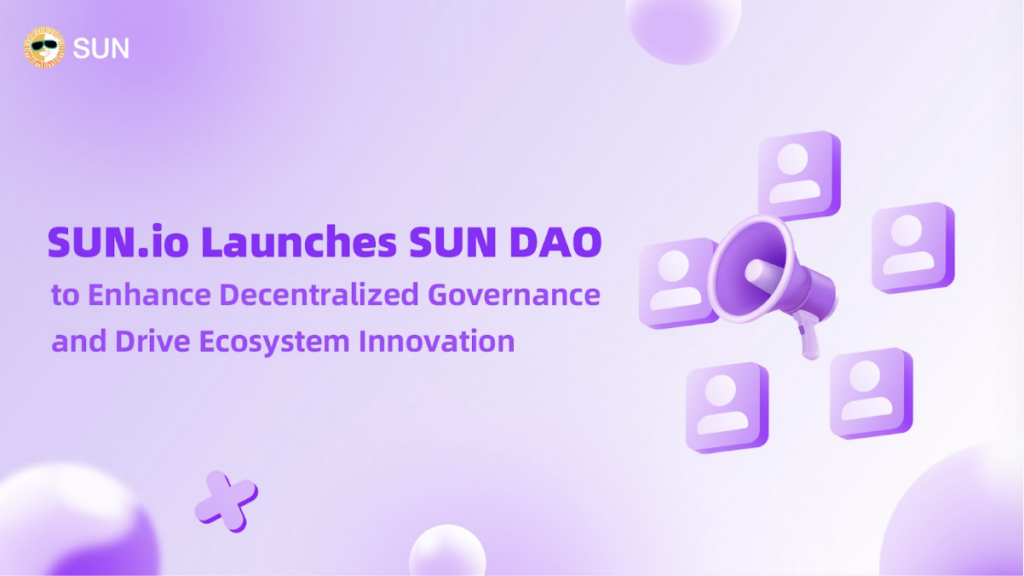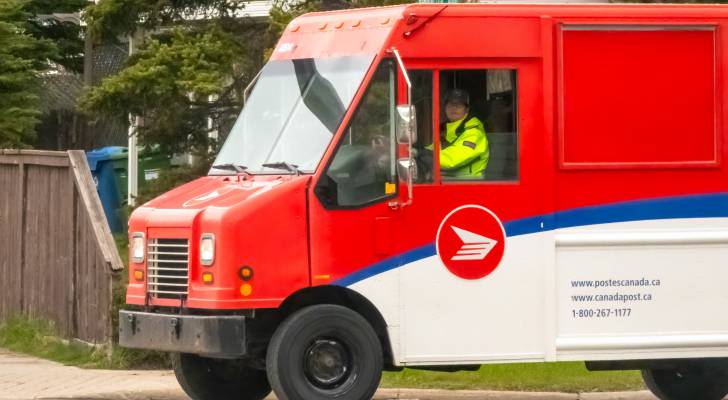Building Tomorrow’s Workforce: CoorsTek Launches Advanced Manufacturing Academy in Colorado
News release by CoorsTek Building Tomorrow’s Workforce: CoorsTek Launches Advanced Manufacturing Academy in Colorado Golden, CO — July 17, 2025 — 9:00 AM Mountain Standard Time – CoorsTek, a leading global manufacturer of technical ceramics, proudly marked the official opening of its state-of-the-art CoorsTek Academy Training Center with a ribbon cutting ceremony held on Wednesday, […]
G6 Hospitality Launches 24/7 Customer Support to Enhance Guest Experience
News release by G6 Hospitality G6 Hospitality Launches 24/7 Customer Support to Enhance Guest Experience DALLAS, TX– July 16, 2025 – 9:00 AM Eastern Time – G6 Hospitality, parent company of Motel 6 and Studio 6, today announced the launch of its new 24×7 customer support service exclusively for guests, effective August 1, 2025. This service […]
BioLumic Brings Food-System Pioneers to Scientific Advisory Group, Deepening World-Class Expertise in Light-Programmed Seed Traits
News release by Biolumic BioLumic Brings Food-System Pioneers to Scientific Advisory Group, Deepening World-Class Expertise in Light-Programmed Seed Traits Dr. Howard-Yana Shapiro and Prof. Jeremy Hill join Prof. Mark Tester and Dr. John Bedbrook to guide real-world deployment of BioLumic’s xTraitsTM platform CHAMPAIGN, Illinois – July 15, 2025 9:00 AM Eastern Time – BioLumic, the only […]
OREGON CITY WELCOMES FIRST XFINITY STORE
OREGON CITY WELCOMES FIRST XFINITY STORE News release by COMCAST Oregon City, OR – July 11, 2025 — 2:05 PM Eastern Time – Comcast has officially opened the doors to its first Xfinity Store inOregon City, offering residents a new, convenient location to explore the latest in internet, mobile, TV, andhome security services. Located at […]
MedCognetics Introduces the First Embedded AI Cancer Detection System for Mammography Imaging
News release by MedCognetics MedCognetics Introduces the First Embedded AI Cancer Detection System for Mammography Imaging DALLAS, TX – October 10, 2024 – 7:24 AM Eastern Time – MedCognetics, Inc., a company focusing on medical imaging AI, today announced the successful testing and implementation of the first embedded AI image processing and cancer detection system for […]
MedCognetics Secures Groundbreaking Patent for Inclusive, Unbiased Medical Imaging AI Technology in Mammography
MedCognetics Secures Groundbreaking Patent for Inclusive, Unbiased Medical Imaging AI Technology in Mammography News release by MedCognetics DALLAS, TX – APRIL 4, 2024 – 11:48 AM Eastern Time – In a significant stride towards equitable healthcare technology, MedCognetics, Inc., a company focusing on medical imaging AI, today announced it has been awarded patent number 11,948,297 by the […]
YWCA and Comcast Partner for Mayor Harrell’s 4th Annual One Seattle Day of Service
YWCA and Comcast Partner for Mayor Harrell’s 4th Annual One Seattle Day of Service SEATTLE, WA – July 14, 2025 – 11:05 PM Pacific Time – As a part of Mayor Bruce Harrell’s 4th Annual One Seattle Day of Service, YWCA Seattle | King | Snohomish partnered with Comcast last weekend to support women and […]
OS Therapies Inc. (NYSE-A: OSTX) Makes Important Strides in Rare Cancer Therapy
OS Therapies Inc. (NYSE-A: OSTX) Makes Important Strides in Rare Cancer Therapy NAPLES, FL – July 12, 2025 – 7:00 AM Eastern Time – The global oncology drug market is currently valued at over 200 billion dollars and is expected to more than double to 532 billion dollars by 2031. This growth is driven not only […]
Avenue Z Continues Award-Winning Momentum With New Honors for Marketing Innovation in AI Search
Avenue Z Continues Award-Winning Momentum With New Honors for Marketing Innovation in AI Search Recognized across the industry, Avenue Z’s breakthrough work is driving record visibility and brand performance. MIAMI, FL – July 14, 2025 – Avenue Z, the tech-driven marketing and communications agency leading AI Optimization, today announced it has received two major honors for […]
SUN.io Launches SUN DAO to Enhance Decentralized Governance and Drive Ecosystem Innovation

Singapore,July 30, 2024, 12:00 PM – SUN.io, a leading DeFi platform built on the TRON blockchain, is thrilled to announce the launch of SUN DAO. This strategic initiative aims to enhance SUN.io’s decentralized governance and community autonomy. By expanding the real-world use cases of the SUN token, SUN DAO will support the development and long-term […]


